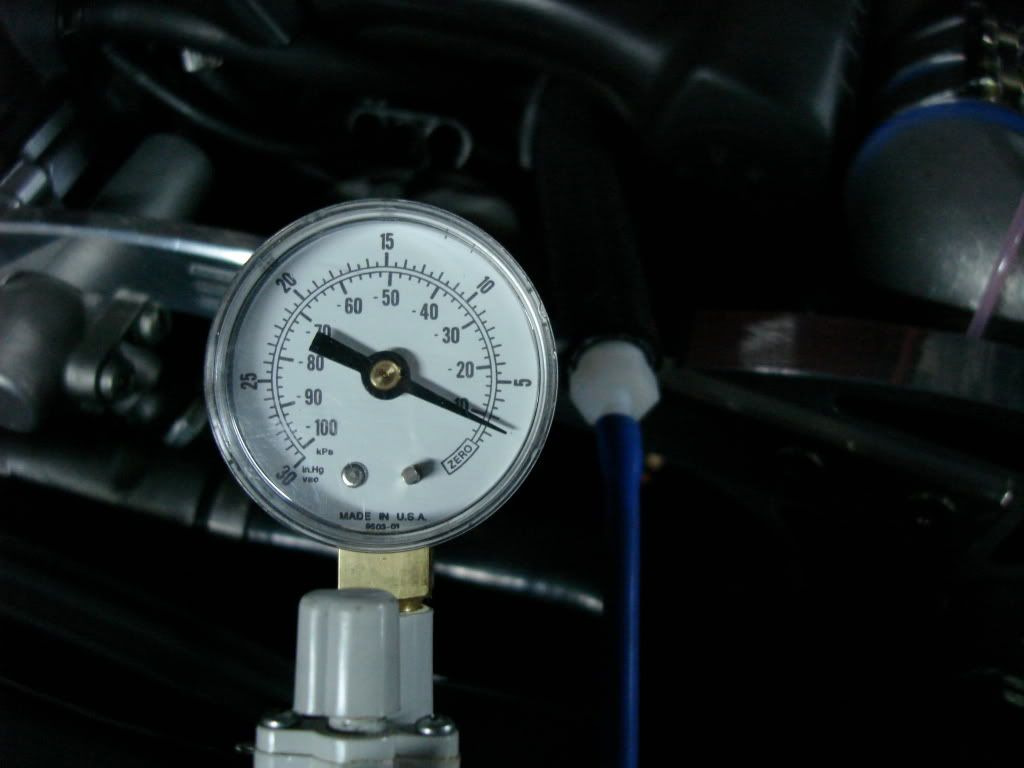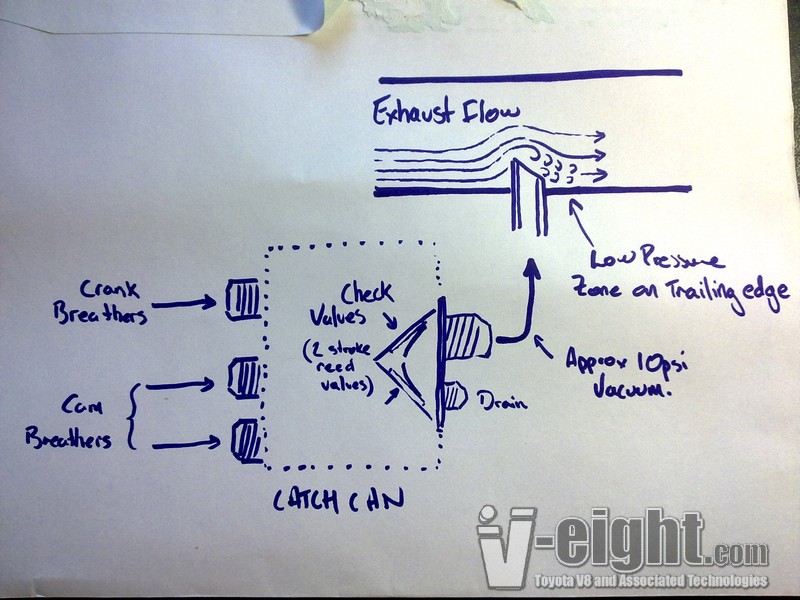turbojose
Active member
- Joined
- Feb 22, 2009
- Location
- SF bay area
Ok... so I didn't want to hijack the current thread, but I'm try to decide on an improvement to my stock pcv system.... I am considering pulling from the valve cover as well as the original pcv box, but I don't quite understand the differences between the catch cans with filters on top, and the closed systems.... seems like you would need a closed system to in order to draw vacuum, but then I see all the fast guys using a vented system?? I'm just confused.... should I just shut up and run a vented system, or is there some advantages? I don't quite understand how a vented system even needs a vacuum line since it seems it would only be drawing from the filter??? right? and not from the crank case... I'm sure someone here has the answers... I've been lucky so far in getting the answers I needed here....
J
J



